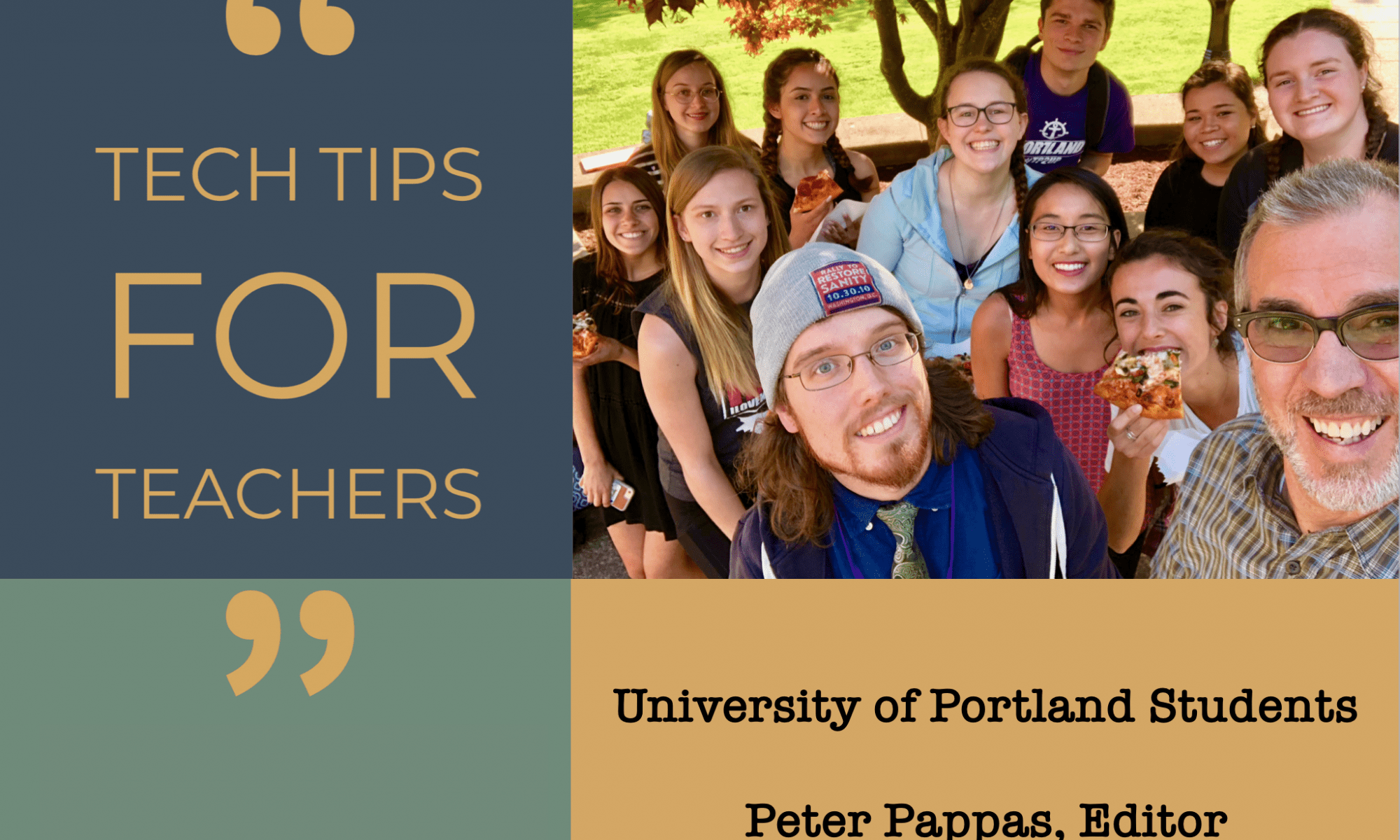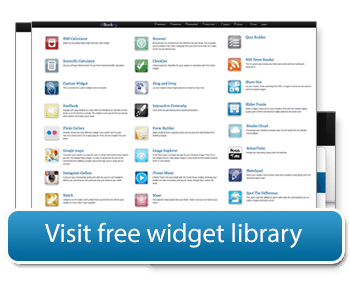Here’s our final course showcase iBook – Tech Tips for Teachers – available free at iTunes. You can see our book as a PDF: Tech Tips for Teachers 14mb pdf.
In their first lesson students were introduced to Adobe Spark post and asked to design a meme and use it in a post on our WordPress blog. Both apps were new to them, but there was no direct instruction. Only short YouTube videos to guide them. By lessons 11 and 12 – they were split into teams and given three apps for creating the product. They worked in teams to figure out the app and then report back to the class on it’s utility. Afterwards each student picked one of the apps to produce the product and explain it’s pros and cons.
Students were asked to pick an app and design a showcase chapter for this book. We used iBooks Author to create both the multi-touch book and PDF version. Chapters are in roughly the order we used the apps in class.
- Michael Birkhead: Adobe Spark Post
- Nick Krautscheid: Google Apps
- Margaret Buzard and Melissa Sta. Maria: MyMaps + Google Forms
- Madison Hughes and Bridget Ponzetti: Padlet
- Jordyn Geenty and Kiana Okino: TedEd
- Lauren Yount and Dylan Hite: EdPuzzle
- Laura Barros / Hanna Knouf: Toontastic






